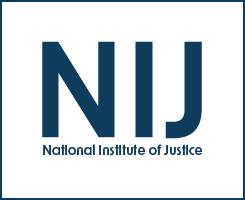Community resources
Building Late-Life Resilience to Prevent Elder Abuse A Randomized Controlled Pilot Study of the EMPOWER Program
Promising Practices for Using Community Policing Strategies to Prevent Violent Extremism: How to Create and Implement a Community Outreach Program
Evaluability Assessment and Formative Review of the Community Resilience Exercises (CREX): Summary Overview
What Does A Community-Based Organization Need To Successfully Implement A Public Health Approach To Preventing Violent Extremism?
Expanding Research to Examine the Impacts of Forensic Science on the Criminal Justice System
In 2004, the National Institute of Justice created the social science research on forensic sciences (SSRFS) research program to explore the impact of forensic sciences on the criminal justice system and the administration of justice. Much of the early research from the SSRFS program focused on DNA processing and the use of DNA in investigations and prosecutions.
See the YouTube Terms of Service and Google Privacy Policy




